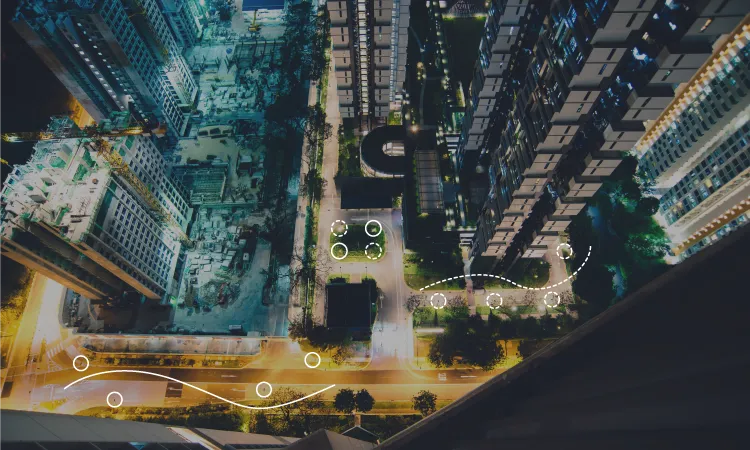Effective Outdoor Illumination
The Classification and Structure of Lighting Control Systems
Lighting control systems are essential components in creating efficient, sustainable, and responsive outdoor lighting solutions. Across the globe, diverse methodologies are employed to oversee the operation of street lamps, park lights, and other outdoor fixtures. Understanding these varying systems is key to optimizing light usage, enhancing security, and conserving energy. Let's delve into the structures and classifications of lighting control systems.

